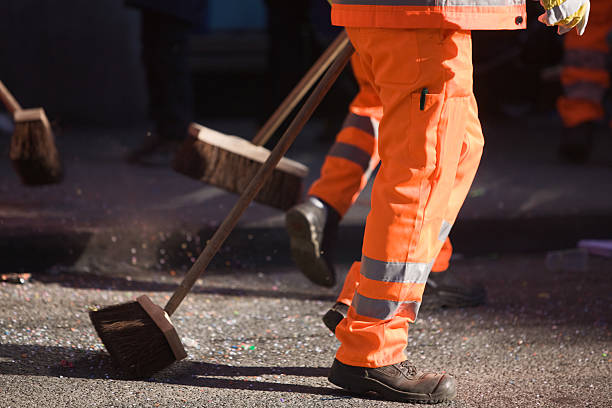Sweeping the Streets: A Detailed Look into the World of Street Sweepers
Introduction: In the early hours of the morning, when the world is still asleep, a fleet of vehicles silently cruise the streets. Their mission: to maintain cleanliness and sanitation. These unsung heroes are the street sweepers, machines that combine complex engineering and practical functionality. But what goes into the creation of these cleaning behemoths?

The Humble Beginnings of Street Sweepers
Street sweepers have been around in one form or another since the 19th century. Born of necessity during a time when horse-drawn vehicles littered the streets with manure and other debris, these machines have evolved significantly. The first patented street sweeping machine, created by C.S. Bishop in 1849, required a team of men to push it along the streets. However, with the advent of the internal combustion engine in the early 20th century, street sweepers became more efficient and less labor-intensive.
The Engineering Marvel behind Street Sweepers
Modern street sweepers are complex machines that efficiently clean streets while minimizing dust pollution. They employ a combination of brooms, conveyors, and air jets to sweep up debris, which is then stored in a large hopper for later disposal. The drive system is often powered by a diesel engine, but there’s a growing trend towards hybrid and fully electric sweepers. Despite their robust construction, the machines are designed for easy maintenance with interchangeable parts and simple mechanical systems.
Current Trends in Street Sweeping Industry
The street sweeping industry is not immune to technological advancements. The latest trend is the development of autonomous street sweepers. These machines employ a combination of GPS, lidar, and computer vision technologies to navigate and clean streets without human intervention. While still in the experimental stage, autonomous sweepers promise to revolutionize the industry by reducing labor costs and improving efficiency.
The Impact of Street Sweepers on Society
Street sweepers play a pivotal role in maintaining cleanliness and sanitation in urban areas. Beyond aesthetics, they help prevent the spread of diseases by removing potentially harmful materials from the streets. They also have environmental benefits as they prevent debris from entering storm drains, reducing water pollution. However, the industry faces challenges such as high operational costs and noise pollution.
Future of Street Sweepers
The future of street sweepers is exciting. With advancements in technology, the industry is poised for significant changes. The adoption of electric sweepers will reduce carbon emissions, and as autonomous technology matures, we can expect to see driverless sweepers become commonplace. In addition, manufacturers are focusing on creating machines that are quieter and more efficient to address the challenges faced by the industry.
In conclusion, street sweepers may not be the most glamorous subject in the automotive world, but they are a testament to human ingenuity and our constant strive for cleanliness and order. As we move into the future, these humble machines will continue to evolve, playing a crucial role in maintaining our urban environments.




